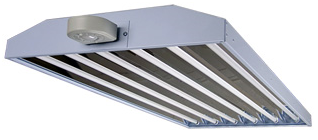Light fixtures, or “luminaires,” not only provide decorative housing for lamps, sockets and ballasts but also control the intensity and direction of light emitted by the lamp. This in turn directly impacts visual comfort, glare control, task visibility and light pollution. A wide range of lighting conditions can be achieved with variations in the design of a fixture.
One of the basic components of the luminaire is the light source, either a bulb or light-emitting diodes (LEDs), along with the holders or mounting boards to which they are attached. Bulbs come in a wide array of sizes, shapes, colors and types, including fluorescent, metal halide, high-pressure sodium, and incandescent. The other basic fixture component is the ballast/driver system that regulates the incoming electric current and protects the light source from voltage fluctuations.
Some fixtures also include reflectors, which capture some of the light emitted by the source and re-direct it outward, downward, or in any other direction where it is needed. They can be made of metallic or white material, with hammered or ridged surfaces. A good reflector generates uniform brightness and consistent color without glare.
Shielding components, such as lenses and louvers, are used to reduce glare and smooth out the light pattern. They may also be used to filter out heat or provide safeguards against breakage and vandalism. Lenses can be made out of glass, acrylic or polycarbonate. Prismatic lenses, which refract (bend or change the direction of) the light from the source, come in a wide variety of patterns that give the fixture different appearances and distribute light in different ways. Ideally, they hide the brightness of the lamp while still providing high energy efficiency. Another type of lens is the diffuser, which is white or frosted. It is effective at hiding the light source and diffusing the light uniformly but it does lower the fixture’s efficiency to a certain extent.
One other device that is becoming an increasingly common component of light fixtures is the integrated control. These controls are smaller and use less wiring than wall- or ceiling-mounted sensors, and they provide a more direct line of sight to the area below the fixture.
The most advanced luminaires are made with sustainable materials that enhance energy efficiency, provide better light distribution for the specific application, and are more durable and easy to maintain.
Excerpted from Advanced Lighting Guidelines (http://algonline.org/)
GreenTech Energy Services
email@greentechenergy.com
Phone: 856-439-9400
122 East Kings Highway, Ste 503
Maple Shade, NJ 08052

